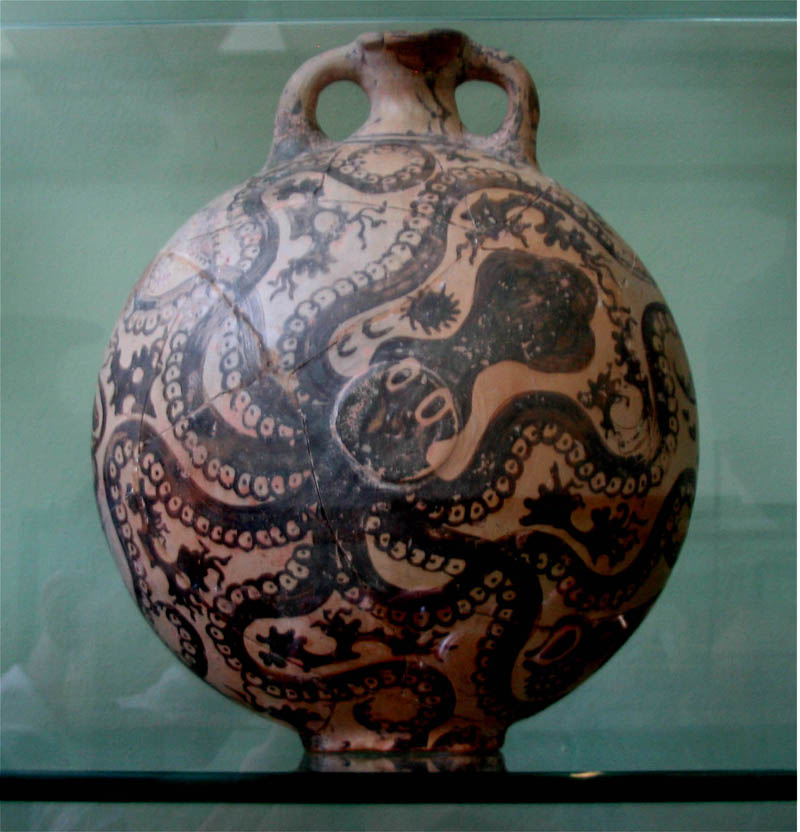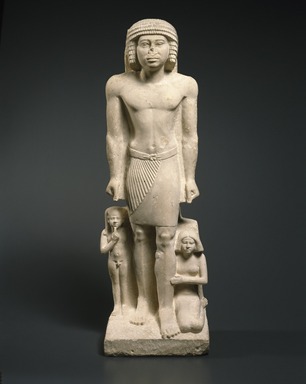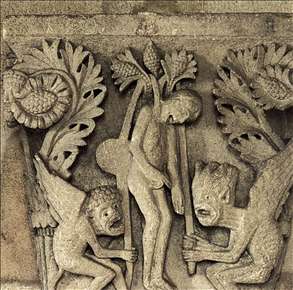
Sculptures that decorate churches are always interesting to look at. Not only is the techniques the artists used to create these images fascinating and worth taking a closer look at, but sometimes the images are downright creepy. For example, The Suicide of Judas, which is located on the Cathedral of Saint-Lazare, and was created in 1120-30 by Gislebertus. Who would have thought to include a scene like this in the decorations of a church. As we all know Judas betrayed Jesus by turning him over to the Roman government to stand trail for falsely claiming to be the son of God. After Jesus was convicted, overcome by guilt because of turning over a innocent man, Judas hanged himself. The part of this sculpture I find the most interesting is the expressions Judas's face. In many paintings or sculptures of men being hanged the face might by blank or the subject might have a blank stare, but in this sculpture Judas's tongue is hanging out of his mouth, a more detailed way of showing his body's natural reaction to being hanged.
I'm also assuming the creatures around Judas's feet are demons. Their expressions are especially menacing, like they scowling or hissing in delight of the suicide. They also appear to have wings, which adds to my assumption that they're demons. As we know, demons are said to have been fallen angels who were cast out of heaven with Lucifer.
I think that this sculpture of fear and terror was used to scare people into joining the church, much like the camp meetings and tales of fire and brimstone did in the 1700s. Reminds me of growing up in church and being told that the devil delights in our wrong doing, and that if I wasn't good he would come and get me. Perhaps this was the churches way of maintaining power during a time when people were becoming more educated and opening their minds to alternative truths.



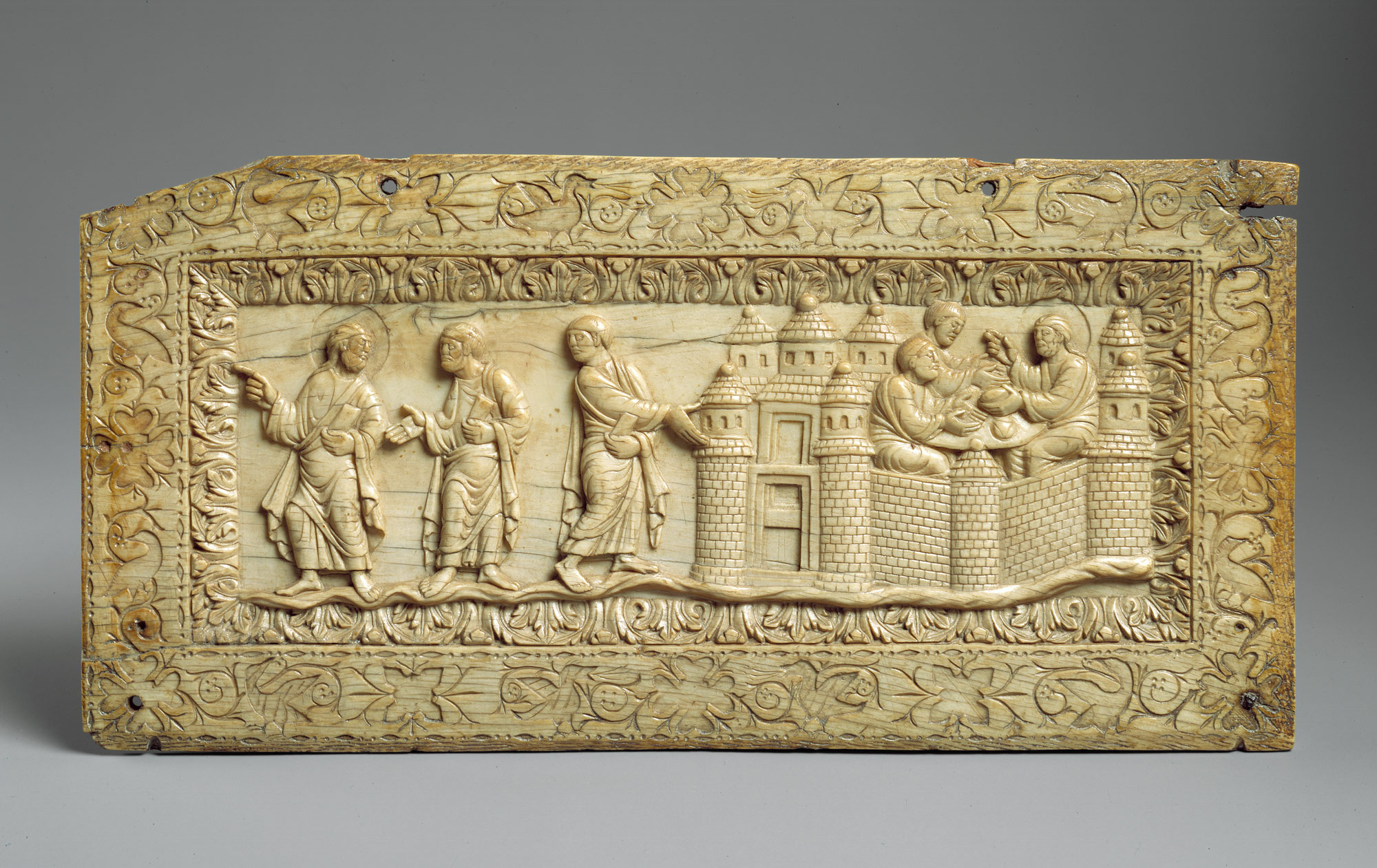
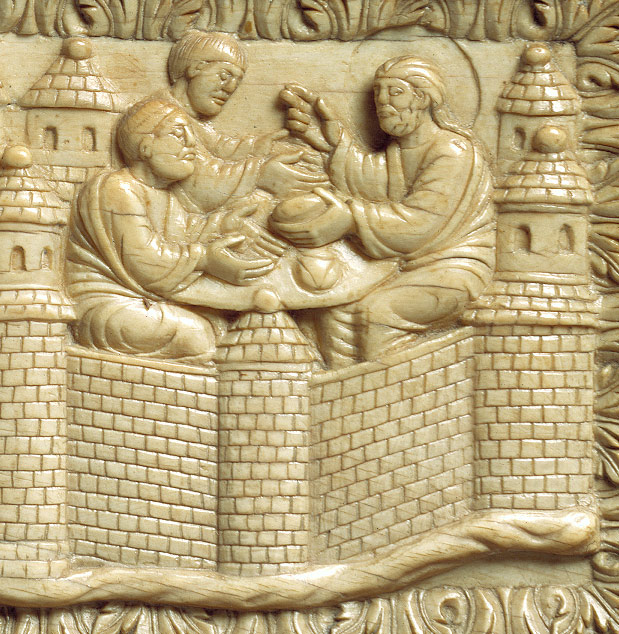


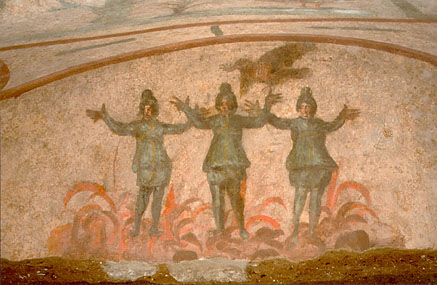



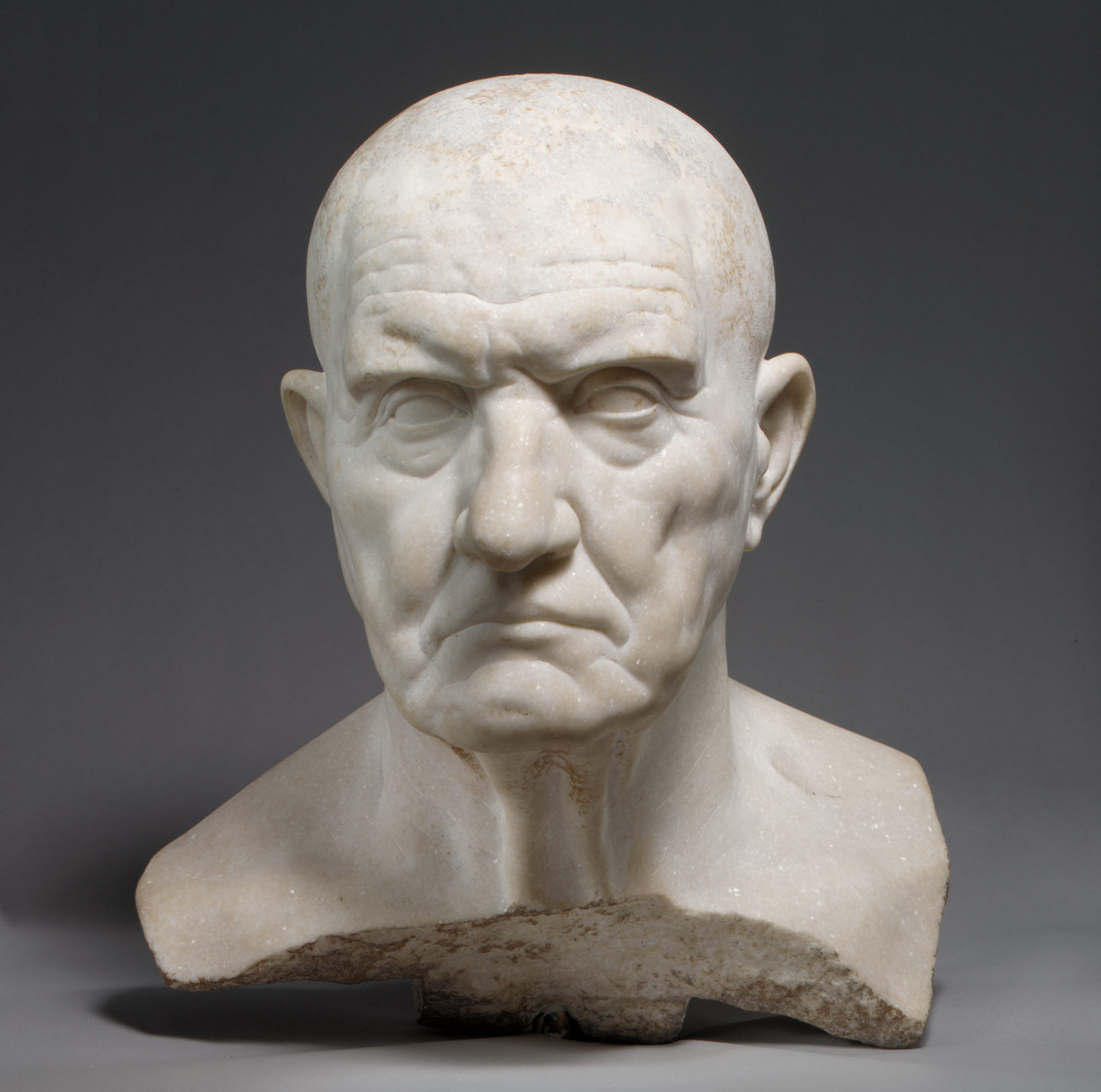

![[BOOKS_Marathon]](http://si.wsj.net/public/resources/images/WK-AV490_BOOKS__G_20100923174008.jpg)






